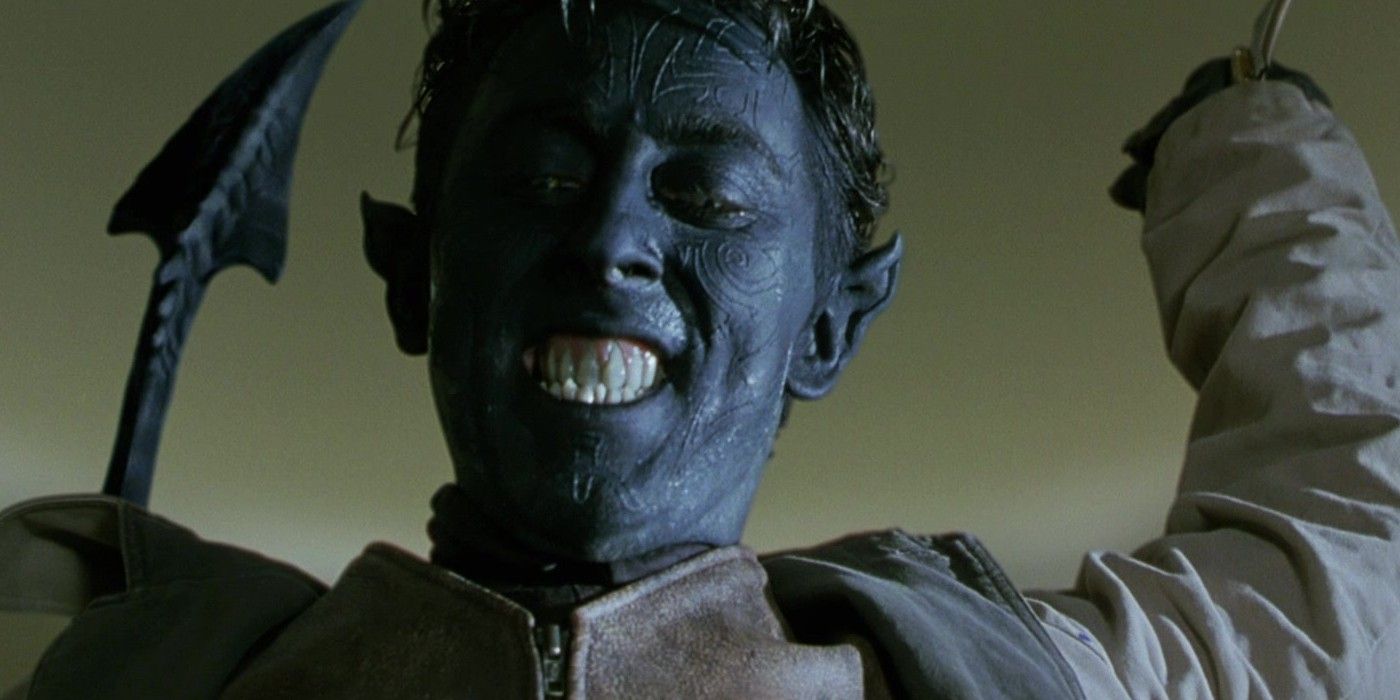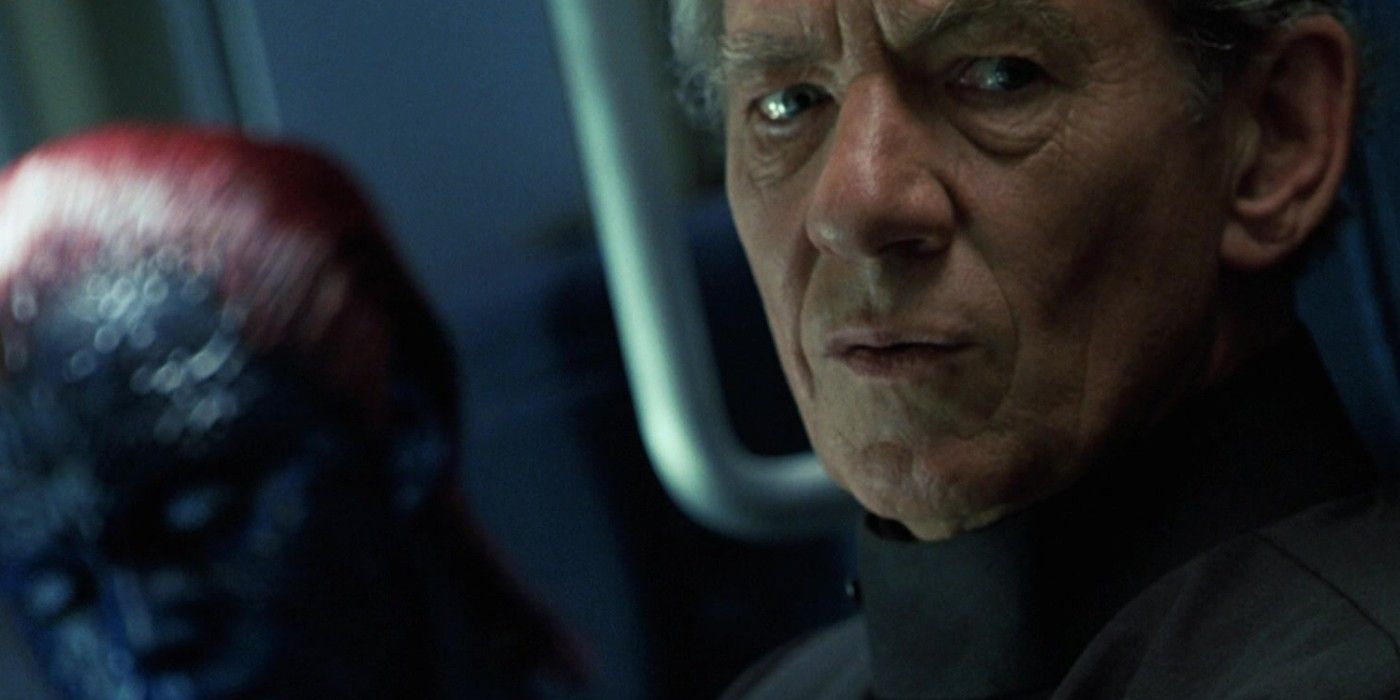
The Remarkable Introduction of Nightcrawler in X2: A Scene That Still Holds Up

Exploring the iconic opening scene of X2 featuring Nightcrawler and its lasting impact on the superhero genre.
The Impact of X-Men and X2 on the Superhero Genre
Fox's X-Men franchise has left a significant mark on the superhero genre, with its remarkable highs and disappointing lows. Released in 2000, X-Men, along with Sam Raimi's Spider-Man movies and the Snipes-led Blade films, played a pivotal role in re-ushering the modern age of Marvel movies that ultimately led to the MCU's long-running tenure.
Alan Cumming as Nightcrawler holding up a knife in X2
While X-Men was a major accomplishment in the era of lacking successful big-budget superhero movies, its sequel, X2, elevated the franchise to new heights. The film crafted characters and a story that holds up remarkably well decades later. Chief among its accomplishments is the thrilling opening scene featuring Nightcrawler (Alan Cumming) and his daring assault on the White House.
Magneto sits in the X-Jet in X2
The Impressive Opening Scene of X2: A Closer Look
X2's opening scene at the White House introduces the mysterious and captivating character, Nightcrawler, who fights his way past the Secret Service to threaten the president. Nightcrawler's aggressive actions and striking visual design build mystery and quickly encapsulate the current human/mutant relations. The scene's success lies in its use of practical effects, grounded realism, and its narrative tone, making it a standout moment in the superhero genre.
Nightcrawler, with his blue skin, devil-like tail, and teleportation ability, is a fantastical member of the X-Men. Despite this, the scene relies heavily on practical effects, showcasing a departure from the overuse of CGI commonly seen in modern superhero projects. This return to practicality adds a layer of authenticity to Nightcrawler's extraordinary abilities and sets a precedent for both the MCU and DC franchises.
Furthermore, the opening assault by Nightcrawler perfectly sets the narrative tone of the film, framing the scene from the human perspective and justifying their fear in the face of mutant aggression. It highlights the core theme of persecution faced by mutants and the complex portrayal of both sides of the fight, making it a compelling and thought-provoking sequence.
Challenges and Future Prospects for Mutants in the MCU
X2's portrayal of the challenges faced by the X-Men in a world of increasing human fear and hatred resonates strongly within the X-Men series. However, the MCU faces a different challenge in justifying the persecution of mutants in a universe already populated by superpowered individuals. The franchise must find a compelling narrative hook to differentiate mutants from other superpowered characters, and the potential introduction of mutants from another reality may offer a solution to this narrative dilemma.
The ending of The Marvels hints at the MCU's approach to the mutant fear problem, possibly introducing mutants from another timeline to justify humanity's fear and hostility towards them. This approach provides a fresh perspective on the narrative and addresses the need for a strong justification for mutant persecution within the MCU. Whether through the introduction of mutants from another reality or an alternative explanation, the MCU's handling of mutants holds significant implications for the future of the franchise and its incoming heroes and villains.









